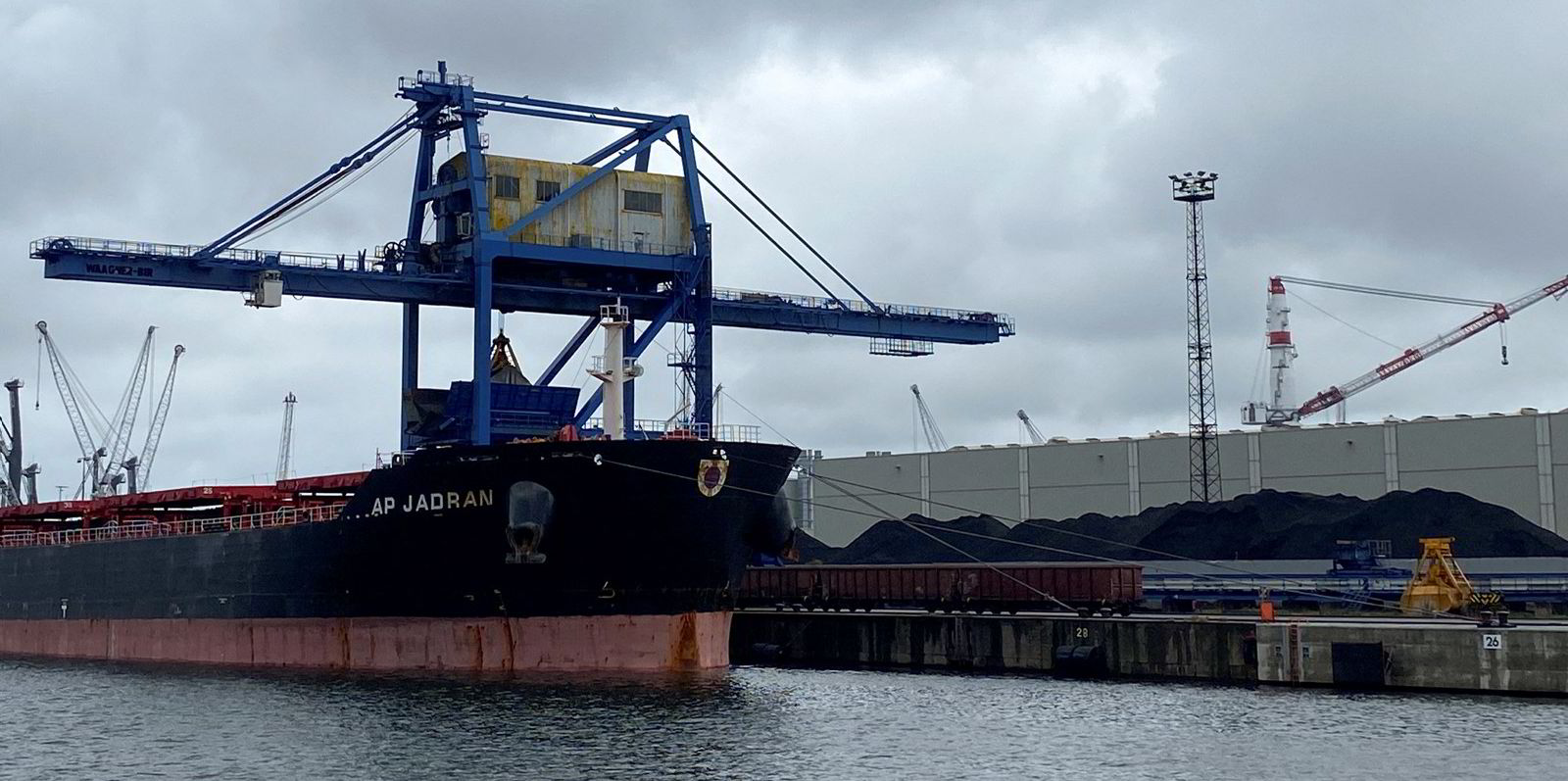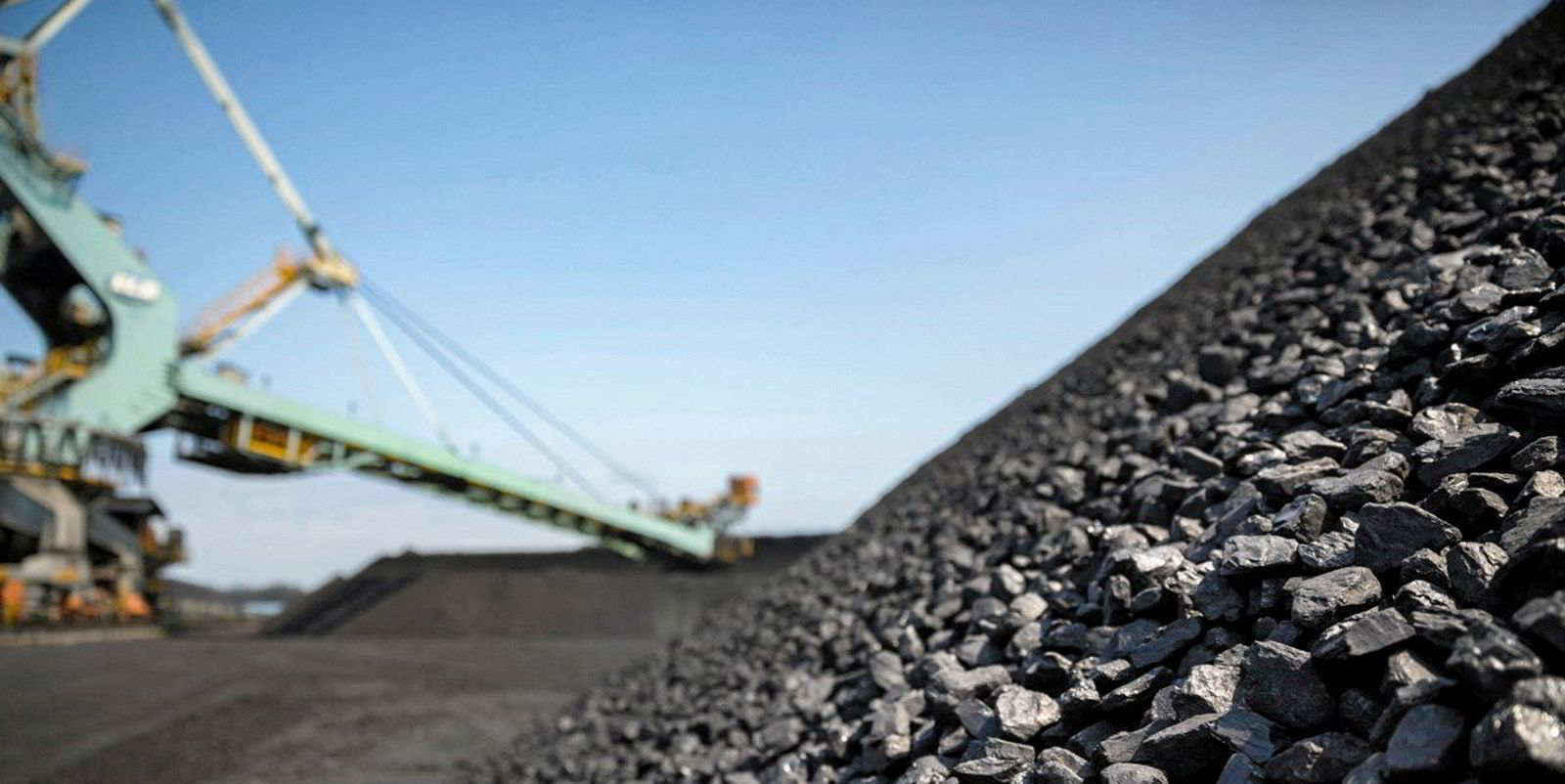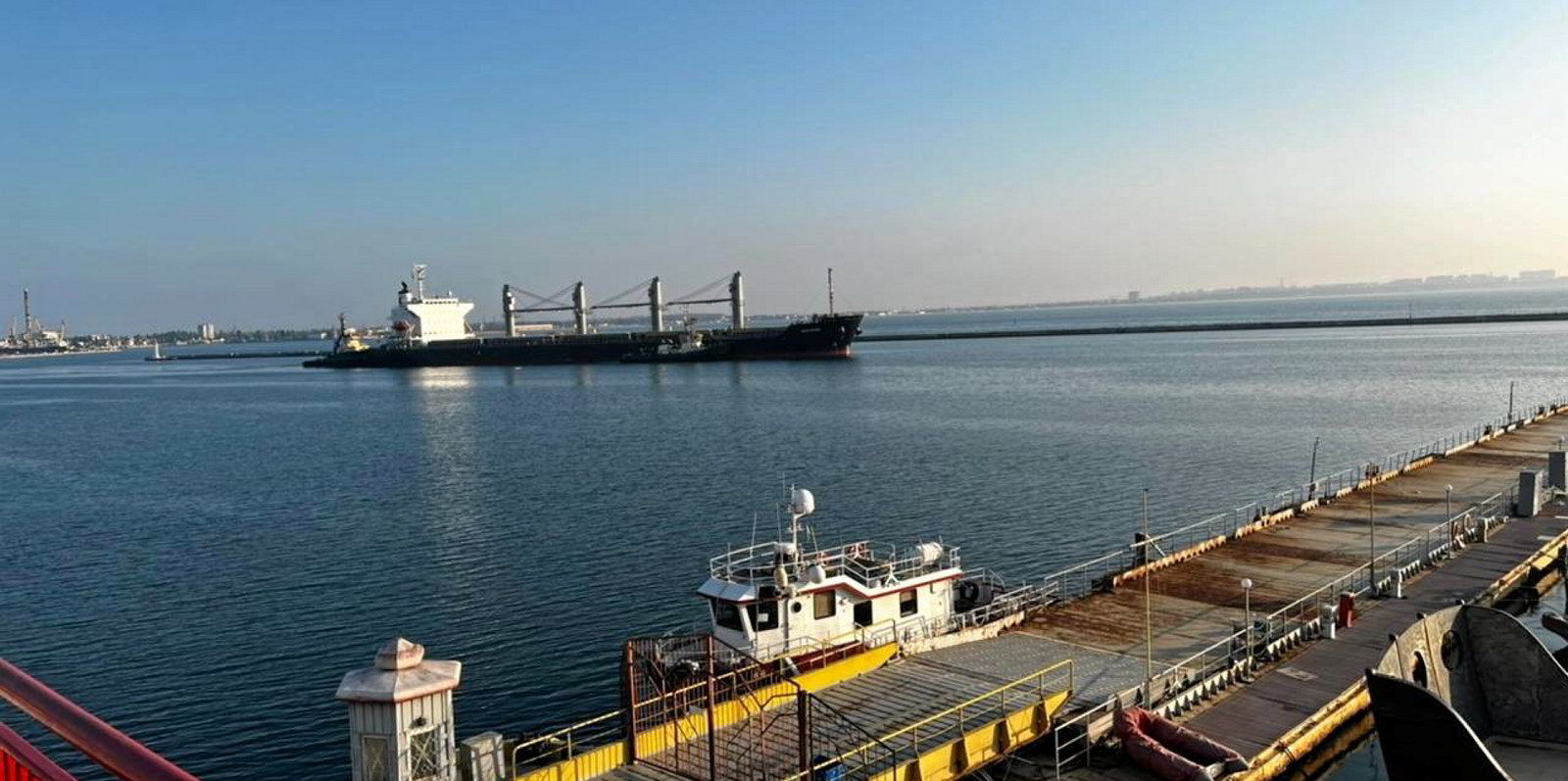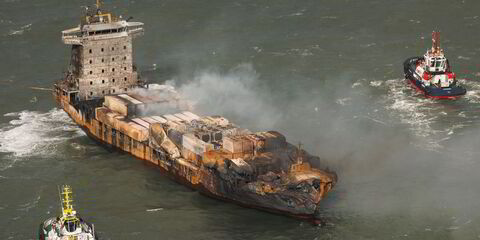August will be a new era of sorts for coal buyers in Europe, and the shipowners that serve them, when the European Union ban on Russian coal enters into force this month.
European buyers have scrambled to stockpile coal, including stems sourced from Russia, ahead of the mid-August embargo as a cost-effective way to meet the continent’s energy needs.
The bloc will ban imports of all forms of Russian coal, which the European Commission has said will affect 15% of Russia’s coal exports and about €8bn of annual revenue. Contracts concluded before 9 April may be executed until 10 August.
The gulf in price differentials between European and Australian coal this year has made it viable for traders to source cargoes for Europe from the Asia-Pacific region, even when freight rates for bulk carriers have been high.
Changes in trading patterns are already being seen.
“With the EU ban kicking in in a few days and the majority of long-term contracts with Russian suppliers now unwound, EU imports from Russia dropped by 30% year on year in July,” Alexandra Alatari, senior shipping analyst at Braemar Shipbroking, told TradeWinds.
“Overall imports were up 36%, as, despite the surge in coal prices, coal remains the most economical fuel to burn. Imports from Atlantic suppliers doubled on the year in July, reaching 6m tonnes, driven by strong shipments out of the US and a revival of the South Africa-Europe route.
What next?
“Going forward, we expect to see the full extent of trade diversions,” Alatari told TradeWinds. “Given the minimal production upside globally, the EU will have to pay a higher price to attract coal cargoes otherwise destined for Asia.”
Braemar expects the US, Colombia, South Africa and Australia to become Europe’s top coal suppliers from this month on, especially given the recent drop in bulker freight rates.
Burak Cetinok, head of research at Arrow Shipbroking, told TradeWinds that the EU ban on Russian coal will have a positive effect on bulker markets.
“We’ll probably see more Russian coal heading to India and potentially China, whereas Europe will need to buy coal from further-afield sources in the Pacific and the Atlantic,” he said. “That should primarily boost panamax tonne-miles but also capes.
“The problem that the European utilities face at the moment is the low water levels inland, making it difficult to transport coal from major ports to power plants,” Cetinok added. “Coal stocks are rising as a result and may act as a drag on imports in the near term.”
Water levels in the River Rhine are at 15-year lows, delaying cargo movement by barges. Meanwhile, coal stockpiles at Antwerp-Rotterdam-Amsterdam (ARA) ports have overflowed and are now taking up iron ore storage.
But Europe’s need for coal is too great for these bottlenecks to stand in the way of demand. Alatari pointed to the fact that there is “no viable alternative” to the black stuff.
“All industries are trying to stockpile ahead of winter and cut their gas reliance before gas supplies from Russia are further compromised,” she said. “Ongoing logistical issues do mean though that congestion at ARA ports will remain elevated in the coming months.”
Scattered
Analysts at shipbroker Ifchor expect panamax vessels to see a tonne-mile benefit as Russian coal exports make their way to alternative destinations — likely China, India, South East Asia and Turkey.
This could also make squeezes in Atlantic tonnage supply more likely and more frequent, with ships fixing for longer employment periods, which will have a knock-on effect on freight rates, Ifchor said.
Coal is likely to make its way to Europe from Australia, South Africa and Colombia on capesizes and from the US and possibly Indonesia on panamaxes, according to the analysis.
But questions remain as to whether the quality of Indonesian coal is compatible with European demand, Ifchor added. Previous analysis by Kpler has suggested that the small volumes of low-quality Indonesian coal that have made their way to Europe this year have likely been blended with US coal, which has a higher calorific value.
The increase in backhaul business for capesizes will likely mean more vessels in the Atlantic Basin, according to Ifchor.
Analysts at BRS think that the scattered, disjointed supply of vessels to bulker markets will become a longer-term phenomenon.
“As we enter a new international trade order whereby past norms and rules are consistently subverted, such ‘unexpected’ changes in fleet deployment will eventually be the new reality,” the firm said in its report.(Copyright)






